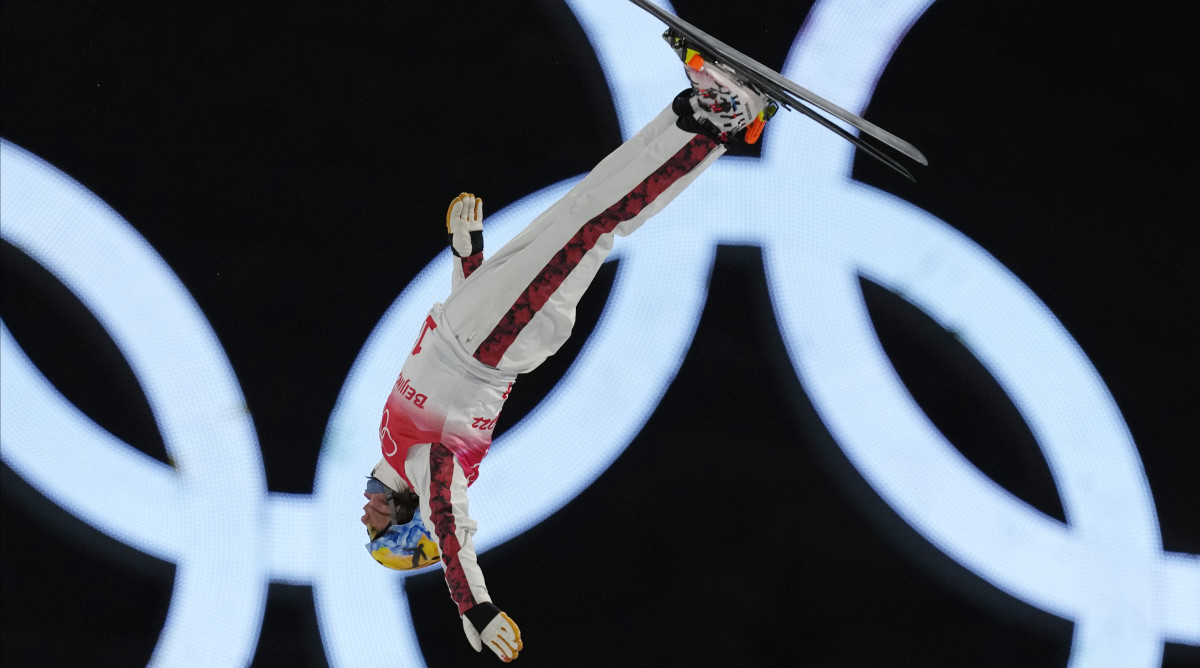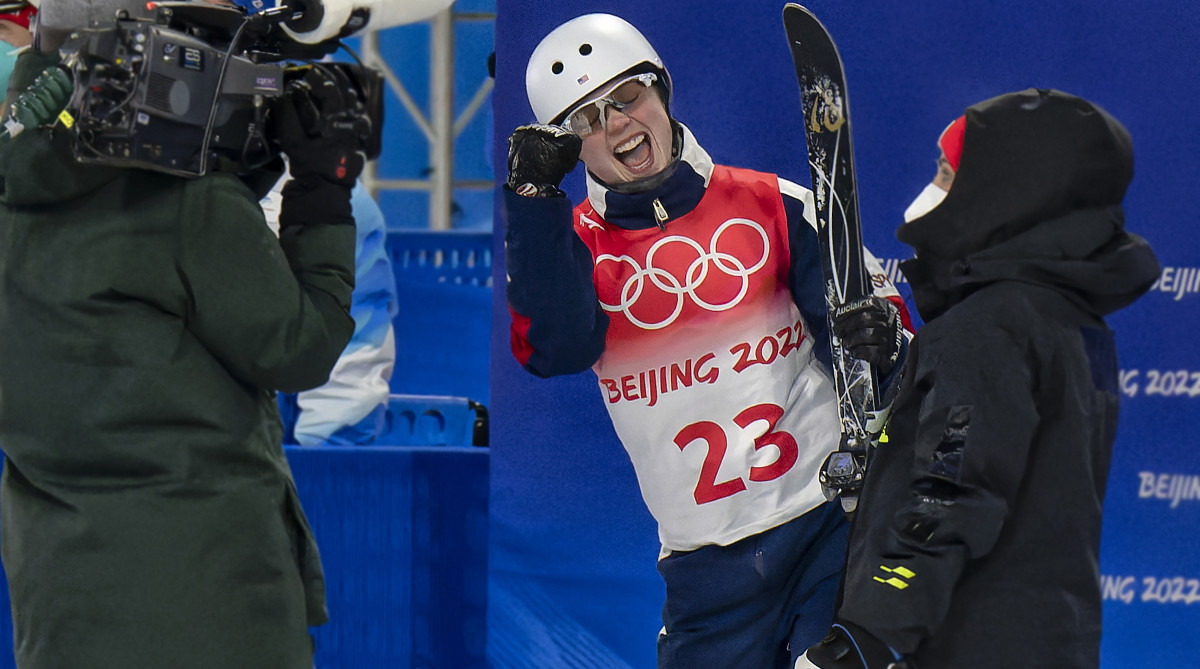Aerial Skiers Must Overcome Surprising Fear of Heights to Win Big
YANQING, China — They take off at 40 miles per hour, 200 feet above the ground, headed for a 71-degree ramp, then explode off it, flipping through the air a maximum of three times because any more could be fatal. Aerial skiing is probably the Olympic sport with the fewest moms able to watch in real time. But for its participants, the jumps are fun. The hard part might come as a surprise: Many of them are petrified of heights.
“Not a single jumper out here jumps without fear,” says Chris Lillis. “That's not a thing. That's a little misconception about it. People are like, ‘Aw, they‘re crazy people. How could you ever do that?’ I'd say where aerial skiers have a different state of mind is we're just really good at overcoming fear. Fear doesn’t necessarily affect me in the same way that it would the average person.”
Still, the sport might seem like an odd choice for someone who cannot look over the side of a bridge without becoming sick to his stomach, such as Justin Schoenefeld. But he does not see the conflict.
“I don’t like being on ledges and stuff unless my skis are on,” he says. “Things I can’t control.”
To a person standing on the ground, of course, this sounds ridiculous. He would rather spend seven seconds putting himself in mortal peril than go for a hike?
“We’re trained to do the backflips,” says Ashley Caldwell. “We’re not trained to stand over a cliff.”

Some aerialists are the adrenaline junkies you might expect, seeking out danger in all its forms. Lillis says he has no trouble with tall buildings. Eric Loughran likes to go rock climbing.
“Watching [aerial skiing] is almost more scary sometimes than actually doing it,” he says. “Sometimes you see people go up in the air and you're like, ‘Oh, my God, he just went so high in the air!’ And when you're up there in the air, it's happening so quick, and you're just spotting the ground and it doesn't really feel like you're that high sometimes.”
But there is one circumstance they all agree they hate.
“Most of the time our events are on mountains, but occasionally we do downtown city events,” Caldwell says. “And we are on these huge scaffoldings, and, like, half the athletes are more terrified to look over the edge than do a triple backflip. Everyone’s terrified at the top. They just want to get to the bottom.” The most famous of these events takes place in Moscow, but organizers have also staged them here in Beijing, at the Bird's Nest.
Loughran all but shivers considering it. “That's probably the spookiest part of our sport,” he says.
And it's terrible from beginning to end: Lillis says he most fears the elevator ride to the top. “These things are built rather quickly,” he says. “And they're kind of like a janky construction elevator that you take up the back. It's definitely not, like, you know, playing Celine Dion in the background.”

The experience does not improve much from there. “We go 50 to 60 feet in the air as is,” he says. “And when they're built on the scaffolding, usually at the top of the in-run, you're about 200 feet above the ground. And so sometimes when you're jumping, you'll get up in the air and we really use our vision while we're jumping, like looking at the snow. If you look at the wrong spot, you might look 300 feet down, as opposed to 50.”
Watch the Winter Olympics with fuboTV: Start with a 7-day free trial!
It’s enough to make your stomach turn. But apparently, that’s part of the fun.
“I would not consider myself to have a fear of heights, but I have seen a lot of jumpers who do,” says Lillis. “But they also have an addiction to scaring themselves. So it's kind of a match made in heaven.” Indeed: Schoenefeld also has his pilot’s license.
More Olympics Coverage:
- Daily Cover: ‘It’s a Necessary Evil of Doing a Snow Sport’: Winter Athletes Who Hate the Cold
- U.S. Wins Gold in Mixed Team Aerial Skiing, First Medal in Event in 12 Years
- Alex Hall Has Slopestyle Skiing Down to a Fine Art With Gold Medal
- 2022 Winter Olympics Medal Count: How Each Country Has Fared in Beijing
Sports Illustrated may receive compensation for some links to products and services on this website.
